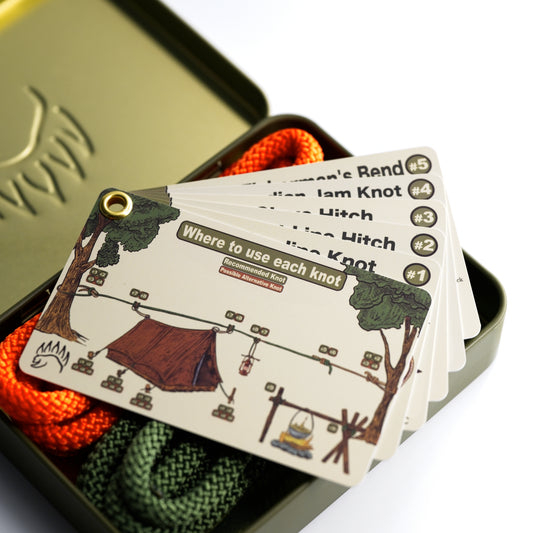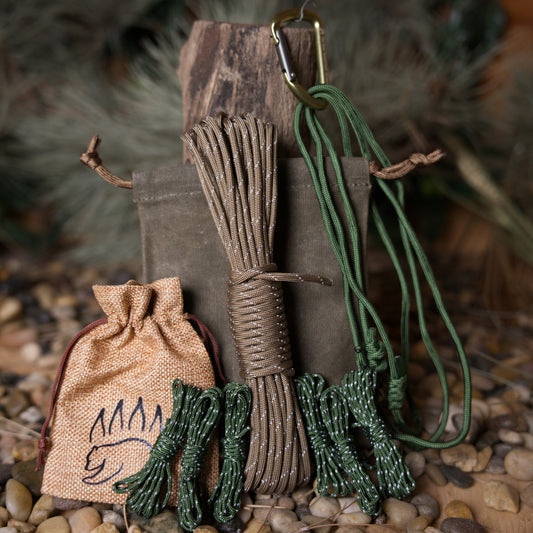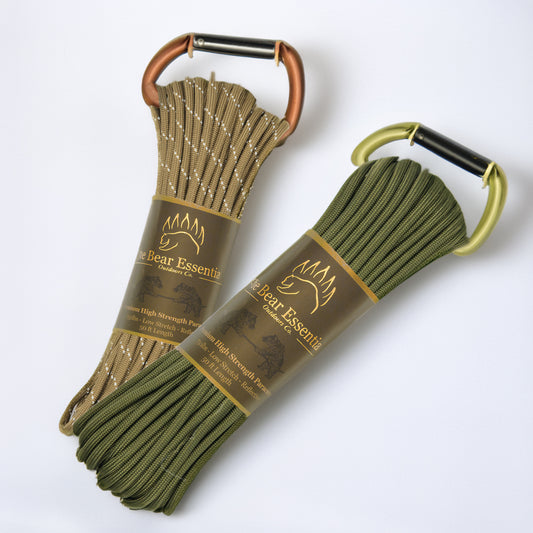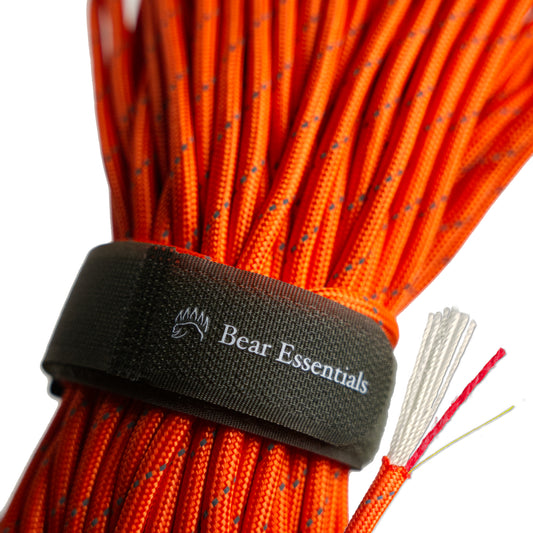How to Tie the Three Way Sheet Bend
Usage
The Three Way Sheet Bend is commonly used to join three ropes, often of different sizes, in boating, utility, and camping tasks, creating a strong, reliable connection. Compared to the standard Sheet Bend, it’s adapted for three-way joins, maintaining security for complex rigging. Its versatility is valued, but it requires careful tightening to prevent slipping with slick ropes. This knot is a favorite for multi-rope setups.
Why Learn the Three Way Sheet Bend?
Its multi-rope design ensures robust, flexible joins. This knot is a go-to for secure connections in intricate setups.
Common Uses
-
Boating/Marine:
- Joins three ropes for complex mooring or rigging systems.
- Creates secure connections for multi-line setups on boats.
-
Utility:
- Binds multiple ropes for securing loads or equipment.
- Links cords in intricate household or outdoor tasks.
-
Camping:
- Connects ropes for tarp or tent guylines in multi-point setups.
- Secures shelter lines to stakes or trees for stability.
ABOK Number
(Ashley Book of Knots)
Other Names
Category
|
Notable Features
- Multi-rope join: Connects three ropes, even of unequal sizes.
- High strength: Maintains stability under moderate loads.
- Versatile use: Suits boating, camping, or utility rigging.
- Easy to untie: Releases smoothly after use, even with tension.
- Adaptable: Works with various rope types and diameters.
Variations
The Three Way Sheet Bend is a variation of the Sheet Bend, extending it to three ropes, as noted in the provided data. Other related variations include the Tucked Sheet Bend and Double Sheet Bend.
Similar Knots
Sheet Bend vs. Three Way Sheet Bend
- Pros: Simpler and quicker for joining two ropes.
- Cons: Not suited for three-rope joins, unlike the Three Way Sheet Bend.
Carrick Bend vs. Three Way Sheet Bend
- Pros: Stronger for two ropes and easier to untie after heavy loads.
- Cons: Less practical for three-rope joins or unequal sizes.
History
The Three Way Sheet Bend, not explicitly listed in The Ashley Book of Knots, is a specialized variation of the Sheet Bend (#1431), likely developed in maritime contexts to address the need for joining multiple ropes in complex rigging systems. Its design adapts the Sheet Bend’s structure for three-way connections, making it valuable for boating and camping. Its modern use reflects its reliability for secure, multi-rope joins.
Security Level
The Three Way Sheet Bend provides reliable strength for joining three ropes when tied correctly, holding firm under moderate loads in rigging or camping setups. It performs best with proper tightening and textured ropes, especially when the thickest rope forms the bight. For heavy or critical loads, a more robust knot like the Double Fisherman’s Knot may be preferred for added security.
Downsides
- Complexity: More intricate than two-rope bends, requiring practice.
- Slipping risk: May loosen with slick ropes or uneven tightening.
Structure
- Form a bight (U-shape) with the thickest rope’s end.
- Pass the first thinner rope’s working end up through the bight.
- Wrap the first thinner rope around both legs of the bight, crossing over the top, and tuck it under itself.
- Pass the second thinner rope through the bight, wrapping and tucking it in the same manner, adjacent to the first.
- Pull all standing lines to tighten, ensuring the wraps are snug and secure.
Pro Tip: Wet the knot slightly before tightening to reduce friction with slick ropes.
FAQ
Is the Three Way Sheet Bend strong enough for heavy loads?
Yes, for moderate loads with unequal ropes, but test with strong ropes for safety.
What’s the best rope for the Three Way Sheet Bend?
Nylon or polyester ropes, with the thickest for the bight, work well.
How does the Three Way Sheet Bend compare to the Sheet Bend?
The Three Way joins three ropes, while the Sheet Bend is simpler for two ropes.
Can the Three Way Sheet Bend be used in camping?
Yes, it’s great for multi-point tarp or tent guylines.
Why choose the Three Way Sheet Bend over a Carrick Bend?
It’s better for three ropes and unequal sizes, though more complex.
Important Notes on Safety
Common failure points include uneven wraps or slick ropes, which can cause slipping. Always verify the knot is tight and secure before loading, with the thickest rope forming the bight. Check ropes for wear or damage before tying. Ensure all wraps are snug and evenly tensioned. Practice in low-stakes settings to master the technique.







